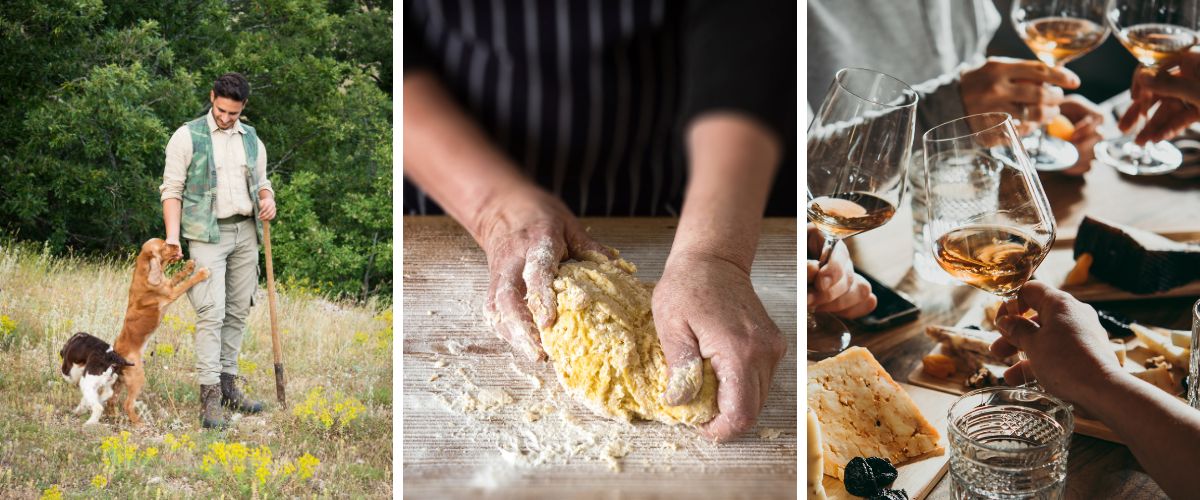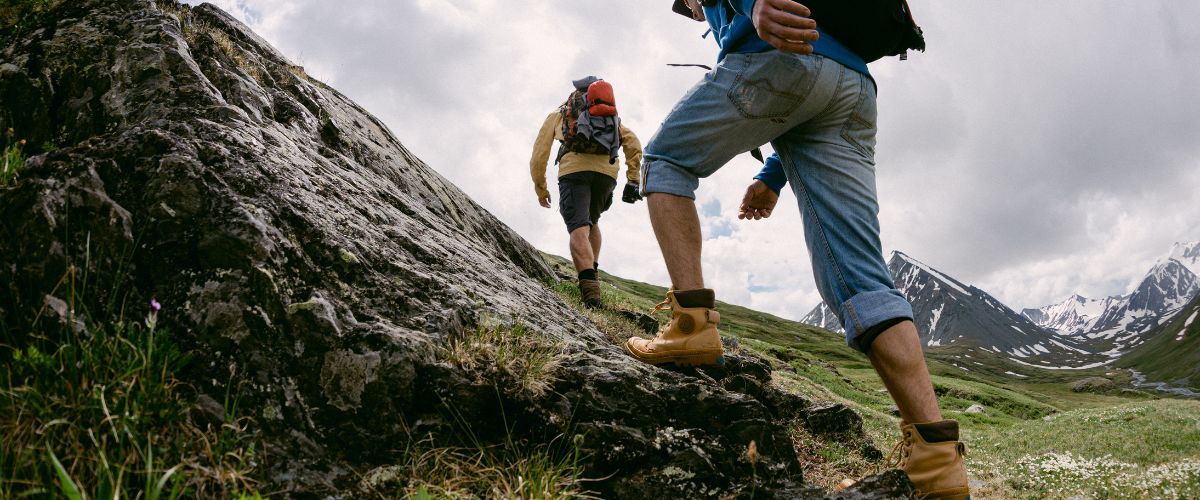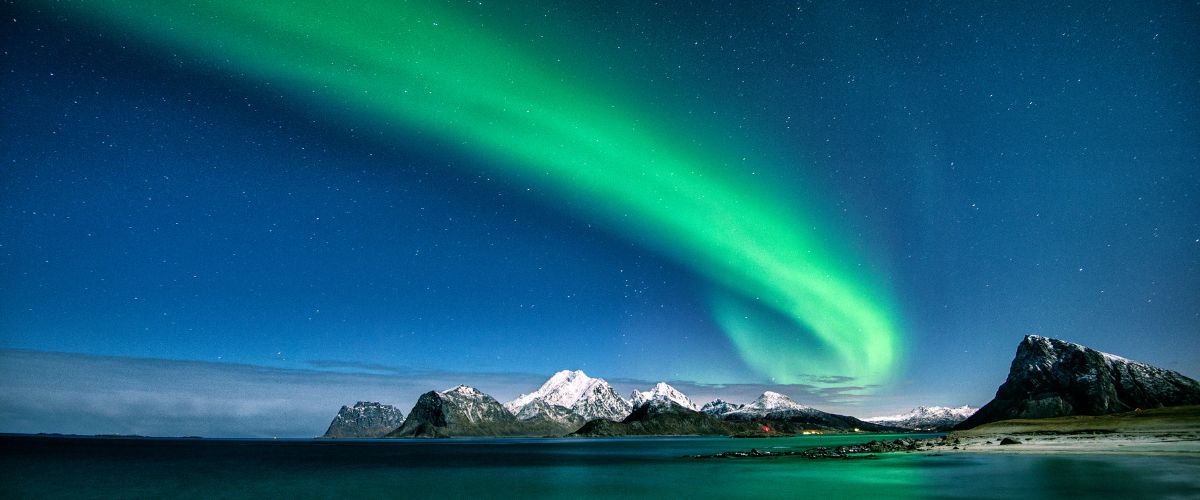It has been a privilege to travel far and wide in my job, and the polar regions are as far and wide as you can get. This time it was the Russian Arctic, across the top of the world to Wrangel Island, 71.2° North in the Arctic Ocean, between the East Siberian Sea and the Chukchi Sea, as a guest of Heritage Expeditions.
The Boat & Crew

The Kapitan Khlebnikov (KK) is a Russian icebreaker and former research vessel. She features 51 cabins and takes up to 110 passengers. Common areas include large open decks, two dining rooms, a digitally equipped theatre-style lecture room, heated indoor pool, sauna, gymnasium, fully stocked library, bar and lounge area. The KK is, at first sight, an impressive ship. It looks like a working ship with its prison-like tower of accommodation sitting top-heavy over a solid hull. Immediately you feel the authenticity of this vessel, and I loved that it feels like I was on a real expedition.
Our sailing crew was an experienced group of Russians used to this area. Our expedition crew were experts in their field, be it birds, marine mammals, the flora of the tundra and history of the Bering region. Also, on-board were Heritage Expedition owners and experienced crew, Aaron & Nathan Russ.
The lectures provided on board were extremely interesting and I did not miss one.
The Journey
The itinerary said to expect a long day to get to the ship and that proved to be an understatement.
After a broken plane and a LOT of fiddling, including a tour of Nome by their very enthusiastic mayor, we were finally able to take off in full confidence that the mechanics knew what they were doing. After 2 hours we landed in Anadyr, then we had a 4-hour wait at the airport before we could take the ferry for another 2 hours to the ship. With a 9-metre draft, the KK could not come any closer to shore. By the time we got on board, we had been travelling and waiting for 12 hours and arrived just in time for dinner.
Early on in the journey, we spotted plenty of whales, including a pod of Bowhead Whales at the front of the ship on day 3. We landed on the tundra where we could to explore, with plenty of colourful flowers and stunted willow, although sadly, lots of plastic as well. We took Zodiacs to explore the fjords and cliffs, with plenty of Guillemots, Kittiwakes and Puffins to keep us entertained.
Day 4 was the first Polar Bear sighting from the ship. A family of 8 or so were drawn to a whale carcass floating in the ice. The bears look up occasionally at this behemoth in their midst and appear to be uncomfortable and slowly move off. I felt like an intruder at a family barbecue.

Watching the ice split under the pressure from the KK was a sight to behold, something I spent a lot of time doing while trying to spot whales and Polar Bears. It was oddly soothing; I could watch it all day. Day 5 we took the Zodiacs out and spotted our first family of walruses, approaching quietly from the back as to not startle them.
Day 6 we landed on Wrangel Island, accompanied by two local rangers who spend two years at a time up on Wrangel. We took Zodiacs through the ice to the shore, spotting Ringed Seals on our journey. Once on land, some of us hiked up to a steep ridge to enjoy the view and the rest explored a Paleo-Eskimo site from 3,200 years ago. We spotted an Arctic Fox, several Musk Oxen, some Grey Plovers, Snow Buntings and Lemmings as well. After lunch on the boat, we spotted more Polar Bears and walruses from the ship as we rounded Cape Blossom on the south-end of Wrangel.
We were back on Wrangel Island on Day 7, exploring the shorelines and the valleys, where rangers’ huts and cabins dotted the coastline. I spent a long time sitting on the beach watching the whales splash around just offshore, it was magical. Back on the ship in the evening, we spotted more Ringed and Bearded Seals.

After observing numerous Polar Bears and walruses all morning, the opportunity came straight after lunch to launch Zodiacs and have a closer encounter with a Polar Bear on an ice floe and a walrus haul-out. The bear appeared very relaxed while we all kept a good distance and gently made our way around the ice floe. We then turned our attention to the walrus haul out on a neighbouring floe. Many spectacular photographs were taken before we left the animals to their peaceful surrounds and returned to the ship.
After a few days at sea, filled with riveting lectures about the local flora, fauna and cultures, along with lots of bear, whale and seal spotting, we landed at Yttygran. We sighted many Grey Whales feeding on our route, before landing at Sekliuk Bay. Whale Bone Alley was only discovered in 1976 and no one knows how it came to be. This ancient Inuit site is littered with the skulls and jawbones of Bowhead Whales and assumed to be a ceremonial area or hunting camp.
We arrived in Lorino for the highly anticipated Beringian Arctic Games, where communities from along the isolated coast of the Bering Strait congregate to celebrate their lifestyle. There were colourful tents filled with locals selling food, handiworks and national arts, and the stage was set up featuring performances in local dress. It was such an interesting and unexpected highlight of the trip.
Alas, all good journeys must come to an end, and we headed back to Anadyr to fly home.
Final Thoughts
This trip really takes you to what feels like the end of the world – a once in a lifetime journey that I’m not sure how many others will have a chance to enjoy. It felt like a true expedition, from the family-like feel among the staff, crew and guests, the ship we were on, and the isolated location that we were exploring with no other tourist groups around. It makes you wonder how anything other than an ice breaker can reach those parts of the world, it was a truly unique and unusual experience that everyone on board felt and embraced.








